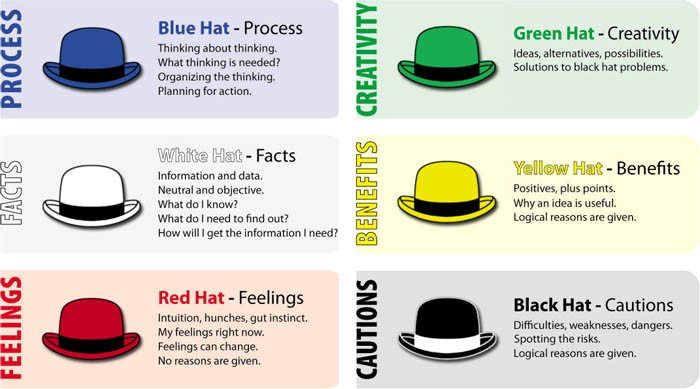Stop Your Child’s Tantrums Today: The Emotion Coaching Method That Actually Works
Are you exhausted from dealing with your child’s daily meltdowns?
Here’s a shocking truth: 83% of parents admit they’ve lost their temper during their child’s tantrum, making the situation instantly worse. But what if I told you there’s a proven method that can reduce your child’s outbursts by up to 40% in just two weeks?
You’re about to discover the emotion coaching technique that transforms explosive moments into connection opportunities—and it starts with one simple phrase that will change everything.
Why Your Smart Kid Can’t Stop Having Meltdowns (It’s Not What You Think)
Your child isn’t being manipulative or “bad.” When their emotional brain takes over, they literally can’t access their thinking brain. Dr. Dan Siegel calls this “flipping your lid”—and it happens because your child’s prefrontal cortex (the area responsible for self-control) won’t fully develop until age 25.
Here’s what’s really happening: Your child’s amygdala (their alarm system) hijacks their brain, triggering fight, flight, or freeze responses. They’re not choosing to have a tantrum—they’re overwhelmed and don’t have the skills to express their big feelings yet.
The game-changer? Research shows that children who learn emotion regulation skills early have:
- 50% fewer behavioral problems in school
- Higher academic achievement
- Better relationships throughout life
- Reduced anxiety and depression rates
The Magic Phrase That Stops Tantrums in Their Tracks
Want to know the secret weapon top child psychologists use? It’s called “Name it to Tame it.”
Instead of saying: “Stop crying! You’re being ridiculous!” Try this: “I can see you’re really angry right now.”
This simple validation activates your child’s left brain, helping them understand and verbalize their emotions. When you name their feeling, you’re literally helping their brain calm down.
The 5-Step Emotion Coaching Method That Changes Everything
Step 1: Become Aware Notice even small emotions like disappointment or frustration before they explode into tantrums.
Step 2: Connect View your child’s emotions as opportunities for bonding, not problems to fix.
Step 3: Accept Listen without judgment. Remember: all feelings are valid, even if the behavior isn’t.
Step 4: Reflect Help your child put words to their feelings: “You seem frustrated because your tower fell down.”
Step 5: Problem-Solve Once they’re calm, work together to find solutions while setting clear boundaries about acceptable behavior.
What You’re Accidentally Doing That Makes Tantrums Worse
Stop saying these tantrum triggers:
- “It’s not a big deal” (invalidates their experience)
- “Don’t be angry” (teaches emotion suppression)
- “You’re making me sad” (creates guilt and anxiety)
- “Calm down!” (doesn’t teach coping skills)
Start using these power phrases instead:
- “I understand you’re upset”
- “Tell me more about how you’re feeling”
- “I’m here to help you through this”
- “Your feelings make sense”
How to Stay Calm When Your Child Loses It (Yes, Even at Target)
The parent trap: When you yell, your child’s emotional brain gets even more activated. Research shows your IQ drops 30 points when you’re angry—making problem-solving impossible.
Your calm-down toolkit:
- Take three deep breaths before responding
- Lower your voice instead of raising it
- Get down to your child’s eye level
- Use a gentle, steady tone
Remember: You can’t pour from an empty cup. When you model emotional regulation, you’re teaching your child the most valuable life skill they’ll ever learn.
The Time-In Method That Works Better Than Time-Outs
Forget traditional time-outs. Try “time-ins” instead:
What it looks like:
- Sit quietly with your child until they’re ready to talk
- Give them the choice to be alone or together
- Focus on connection, not punishment
- Wait until they’re calm to discuss what happened
Why it works: Time-ins teach self-regulation while maintaining your bond. Time-outs often increase shame and don’t address the underlying emotional need.
When to Seek Professional Help (Don’t Wait Too Long)
Red flags that indicate you need support:
- Tantrums lasting longer than 15 minutes regularly
- Aggressive behavior that puts others at risk
- Frequent meltdowns beyond age 5
- Your child seems constantly anxious or sad
Professional options that work:
- Cognitive Behavioral Therapy (CBT)
- Parent-Child Interaction Therapy (PCIT)
- Collaborative Problem-Solving (CPS)
Don’t suffer in silence. Getting help early prevents bigger problems later.
Your Action Plan: Start Today, See Results This Week
You now have the tools to transform your family’s emotional landscape. Here’s your first step: The next time your child gets upset, try the “Name it to Tame it” technique. Just once. See what happens.
Start with these two simple changes:
- Replace “Don’t be upset” with “I see you’re feeling frustrated”
- Get curious instead of furious—ask “What’s happening in your body right now?”
The beautiful truth? When you validate your child’s emotions, you’re not just stopping tantrums—you’re raising an emotionally intelligent human who’ll thrive in relationships, school, and life.
Remember: Progress over perfection. Connection over correction. Patience over pressure.
Your child needs you to be their emotional coach, not their opponent. Start today, stay consistent, and watch your family transform.
Ready to dive deeper? Discover how Spielgaben educational tools can support your child’s emotional development through creative play because hands-on learning helps children process emotions and build self-regulation skills naturally.













LEAVE A COMMENT